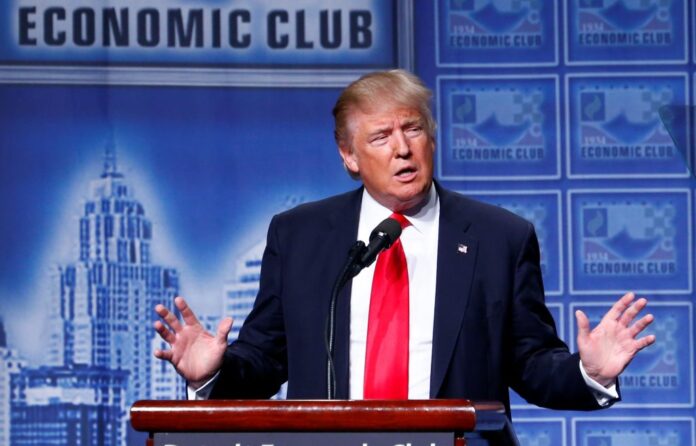Tax Cuts and Deregulation Drive Domestic Growth
Donald Trump’s return to the presidency focuses on invigorating the U.S. economy through tax reductions and deregulation. These measures aim to accelerate business investment and economic expansion. By cutting corporate taxes and relaxing regulations, his administration seeks to create a favorable business environment. The resulting economic surge will likely spark inflation, requiring the Federal Reserve to raise interest rates.
Higher inflation and interest rates often strengthen the U.S. dollar. While this benefits domestic investors, it creates challenges for nations holding significant dollar-denominated debts. The cost of servicing these debts increases, straining global markets.
Trade Policies Revive Protectionism
Trump’s approach to trade includes tariffs on imports, echoing his first term. By imposing tariffs on Chinese goods and materials like steel and aluminum, the administration intends to bolster American industries. In his previous term, Trump renegotiated trade deals with South Korea, Canada, and Mexico and unsuccessfully attempted to revise agreements with the European Union.
These protectionist measures may discourage foreign investment and intensify trade disputes. A strong dollar, combined with restrictive trade policies, poses risks for export-dependent economies. For instance, China, which trades heavily with over 120 nations, faces potential economic slowdowns if the U.S. imposes additional tariffs.
Global Consequences of Protectionism
A rising U.S. dollar impacts global economies unequally. Nations like Mexico and Canada may manage these challenges with relative ease due to lower debt levels and economic ties to the U.S. However, developing countries with significant financial obligations risk severe economic strain. Economists like Nouriel Roubini warn that “a stronger dollar and higher U.S. interest rates could deepen financial instability in emerging markets.”
China’s economic growth, projected to slow to 4.5% in 2025, may falter further if Trump enacts higher tariffs. As China’s economy influences global trade, any decline will ripple through markets worldwide, particularly in developing regions reliant on Chinese demand.
Impact on Major Economies
The European Union and China, the world’s second- and third-largest economies, remain vulnerable to Trump’s policies. The International Monetary Fund (IMF) projects modest growth for the eurozone at 1.2% in 2025. Rising trade tensions with the U.S. could undercut these expectations. For China, IMF analysts suggest tariffs could reduce growth by 200 basis points without intervention.
Emerging markets like Argentina, Egypt, and Pakistan, already undergoing IMF reforms, face amplified risks. Their financial fragility makes them susceptible to a rising dollar and U.S. protectionism.
The Broader Implications
Trump’s policies prioritize short-term domestic gains at the expense of long-term global stability. While tax cuts and deregulation stimulate U.S. growth, protectionist trade practices and a strong dollar disrupt global markets. As the U.S. economy strengthens, vulnerable nations face mounting financial pressures, widening the gap between thriving and struggling economies.

